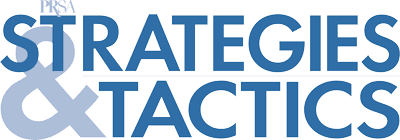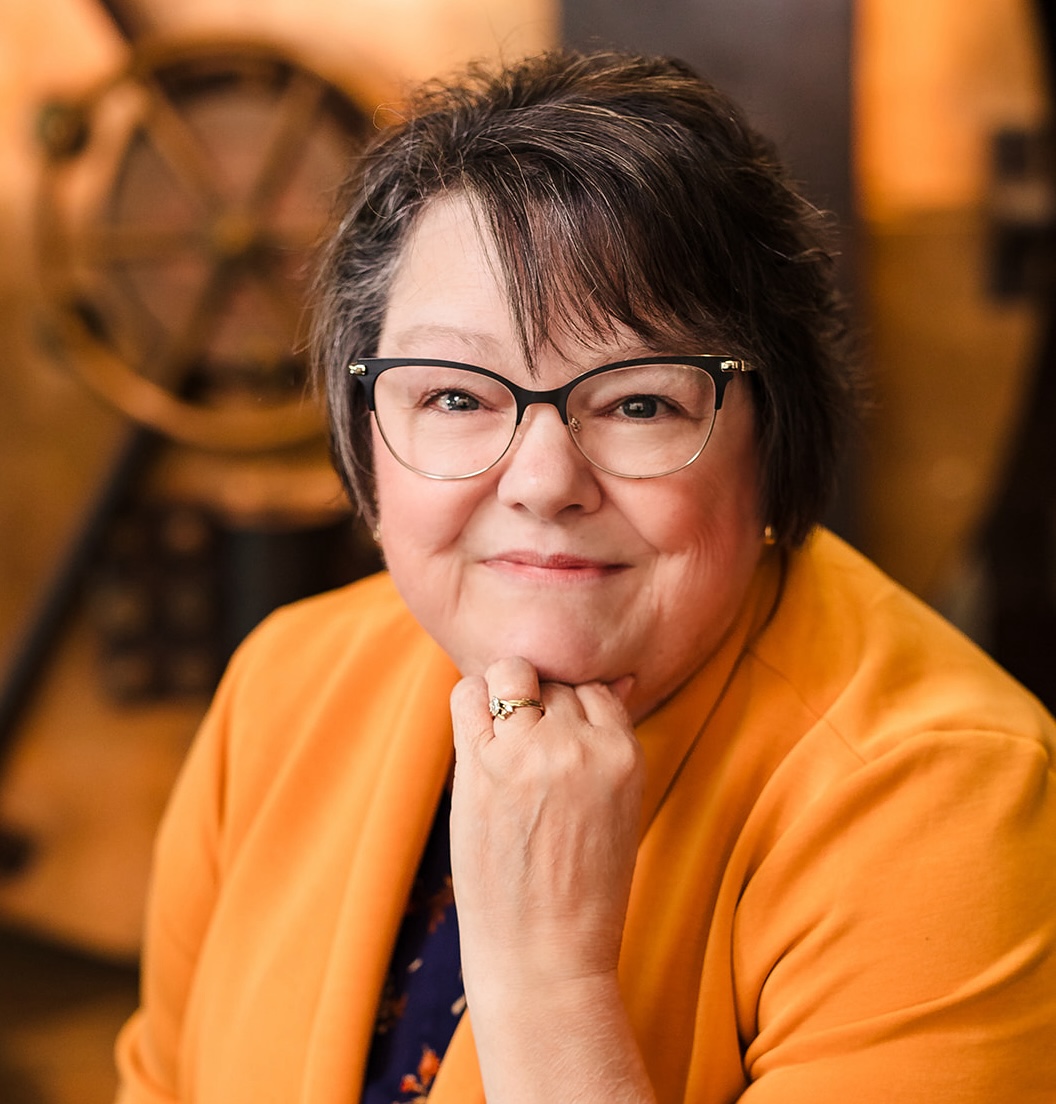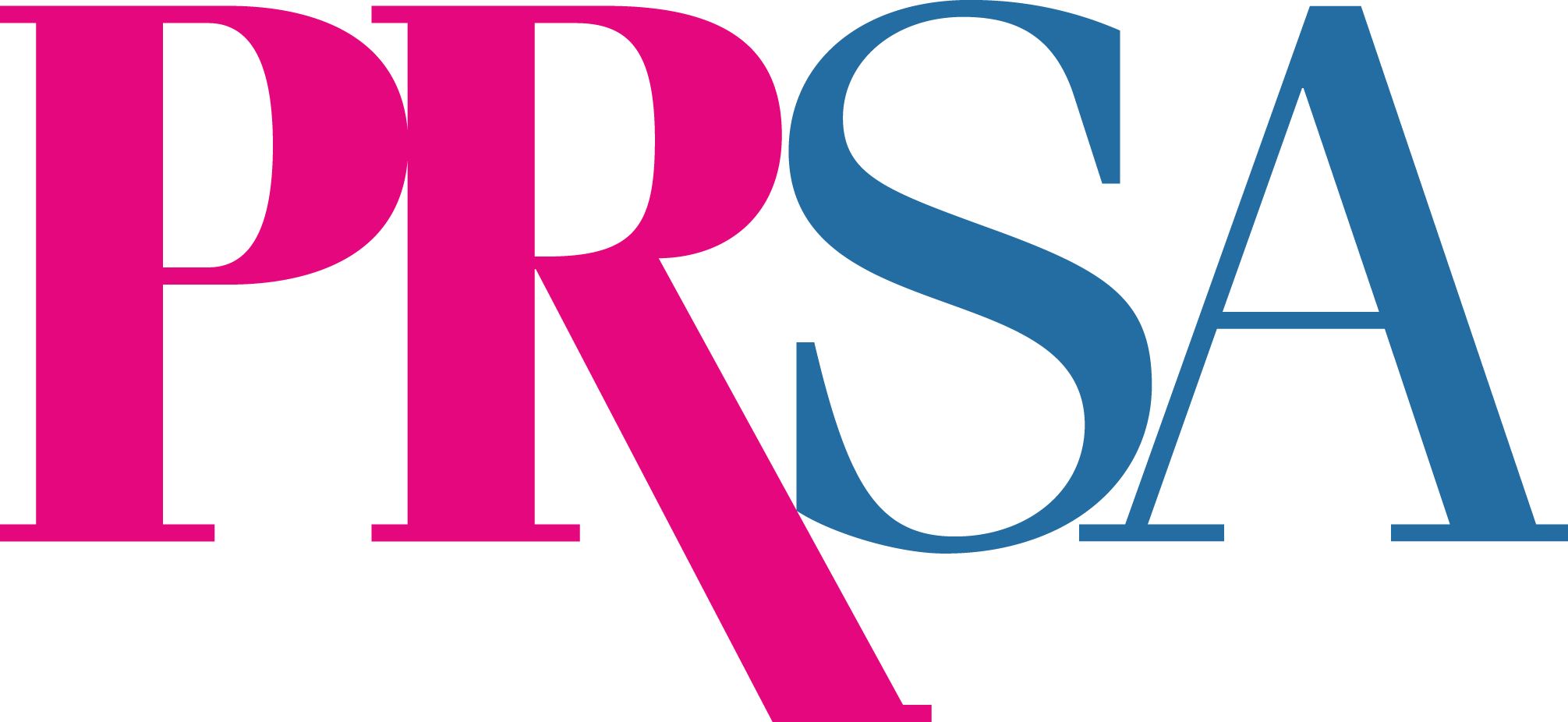How Family Stories Inspire Lori Croy, APR
By John Elsasser
February 2025
Lori Croy, APR, is leading PRSA's latest Certificate Program — Public Affairs: Practical Skills for Communicators. Details here.
For Lori Croy, APR, her family has provided the communicator with a limitless supply of stories.
With six children and 13 grandchildren, Croy has a lot to work with. She has written two books for kids, “The Hole Story” and its sequel, “The Whole Dollar.” Croy has more books on the way. “Like my grandpa and dad before me, I am also a storyteller in my family,” she said.
Here, Croy, director of communications at the Missouri Department of Commerce & Insurance, discusses what sparked her love of storytelling and provides insights on leading PRSA’s new Public Affairs Certificate Program.
What was an early career ambition, and how did that shape your path?
I wanted to be a musician, I wanted to be an artist, I wanted to be an engineer – I had stages in life that reflected various interests, but music was probably the most consistent dream. Interesting that one of the things I loved most about music was its power to communicate and tell a story, to make someone feel something. Communications seemed a natural career path.
What are your roles and responsibilities today as director of communications at the Missouri Department of Commerce & Insurance?
My job touches all things people and communications. I am responsible for media relations, supporting the cabinet-level director of the department as communications counsel, speechwriting and leadership communications. I am also responsible for directing my team’s activities, including education and awareness campaigns, internal communications, photography, videography, social media and more.
One of the things I enjoy most is the opportunity to incorporate communication research into our work through our education campaigns on earthquake and flood insurance. Anything we can do to simplify and make understandable the world of insurance for the citizens we serve is a priority for me and my team.
Can you tell us about a favorite story or book from childhood that sparked your love of storytelling?
Like millions of other little girls, I was a fan of Laura Ingalls Wilder’s books. But before becoming a fan of her books, my favorite stories were the ones told by my grandpa and my dad, who were both gifted storytellers. The ability to include humor, education and context in a story a child wants to hear or read has remained with me.
The world of storytelling opens the door between one person and another, one generation and another, and one lifestyle and another. The books from my childhood helped me understand the who, the how, and the why of the world around me.
Speaking of your journey into storytelling, you have written two books for children. What inspired these works?
Like my grandpa and dad before me, I am also a storyteller in my family. People will also tell you I’m the queen of puns. I had told my children that one day I would write a book called “The Hole Story” to get even with them for teasing me about my puns.
During the pandemic, I decided to write “The Hole Story” for a different reason. I wrote it as a Christmas gift for my 13 grandchildren. The book does touch on wordplay in its title, but the focus of the story is teaching young children about spatial concepts. Holes are not just empty spaces; they have important jobs to do.
My daughter, who is a university faculty member in education, told me I should publish it since books that introduce these concepts to small children aren’t easy to find. I did and quickly followed it with another book based on a true event about my two oldest sons and the concept of sharing and sibling relationships. There are more books coming, including a management book I hope will be finished this year.
You’ve given a presentation titled “Why Words Matter.” What storytelling advice do you have for your fellow communicators regarding their daily work?
A communicator is responsible for choosing the right words for the right audience at the right time. Knowing the genesis of a word or phrase can help us avoid offending someone or triggering a negative emotion or perception. We need to be 10 steps ahead as we write words our leaders may speak.
After all, in the last few years, we’ve learned how quickly a positive word can turn negative. Even “positive” became the most negative word in the rankings during the pandemic.
Jargon and acronyms are persistent challenges in corporate communication. Why do you think they continue to persist, and how can communicators help overcome this use?
Although we think jargon and acronyms can make something more memorable or aid in retaining information, they steal clarity from our communications. I feel they’ve become a crutch and have allowed us to be a bit lazy in our work as communicators. We’ve become so challenged by fitting our thoughts into something as brief as a social media post, and we’ve adopted acronyms more universally.
This creates issues between generational communications and those who work in fields using acronyms. For instance, an acronym in IT may be the same as one used in health care or the military, creating confusion for the reader. We need to stop relying so heavily on “shorthand” and work on becoming better writers.
Starting in March, you’re leading PRSA’s new Public Affairs Certificate Program. What key takeaways can participants expect from this program, especially those newer to public affairs?
I’m really excited about this new program and can say I wish it had been available when I started my own journey as a public sector communicator a few years ago. Whether you’ve been a comms pro for years in the private sector or you’re a new practitioner starting in the profession, taking a job in a public affairs or government role has requirements that may not be familiar to you.
This certificate program will provide foundational knowledge for communicators that will make them ready to succeed in a public affairs position including media relations, crisis communication, strategic planning, how the government works and the partnerships that are important for you, government social media communication and more.
The program mentions trending and visionary discussions. What are some emerging trends in public affairs that anyone in this field should be aware of as we move into 2025?
Mis- and disinformation are always trending in the world of a public affairs communicator. Social media and the specific requirements, restrictions, and responsibilities in a governmental use compared to private sector use. AI and its pros and cons. What may be seen as commonly used and accepted AI tools in the private space are not allowed in the government space. And, simply, trust in government.
As communicators, we work hard to get vital information into the hands of the citizens we serve, yet their confidence in communications has been shaken. These are some of the conversations we’ll have so that public affairs practitioners are ready for the work ahead.
If you were to write a short story about your PRSA member journey, what would the opening scene look like?
You know that scene in “The Wizard of Oz” where Dorothy is in black-and-white Kansas, and the screen suddenly pops into technicolor? That’s how I would picture my experience as a PRSA member.
For most of my career in higher education, PRSA wasn’t something our campus was involved with. When I moved to state government, I had to quickly come up to speed and find out how to apply my skills in a very different way in the government arena. I found my people when I found the PRSA Public Affairs and Government Section. They are my “technicolor” PRSA moment. The rest of the journey just keeps adding more valuable learning experiences and relationships.
If I had a do over, I would have joined PRSA many years ago. Now, I’m working hard so I don’t miss a thing!



